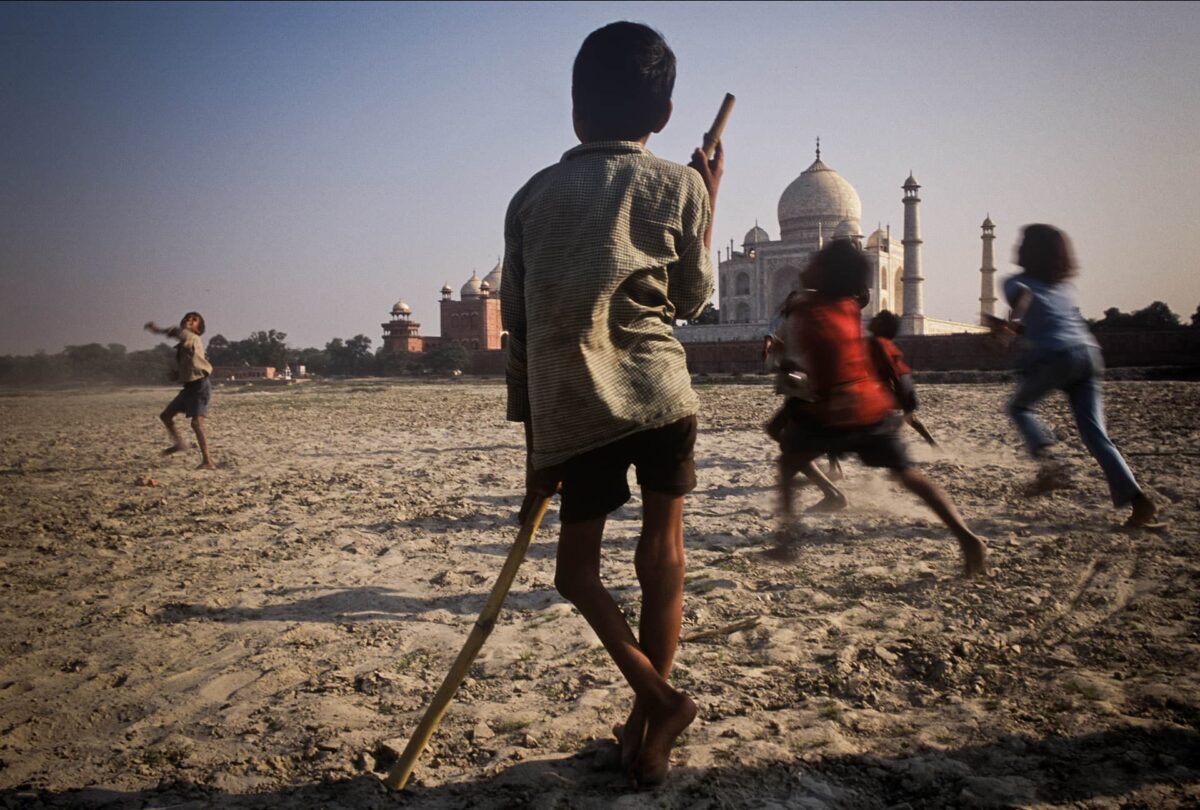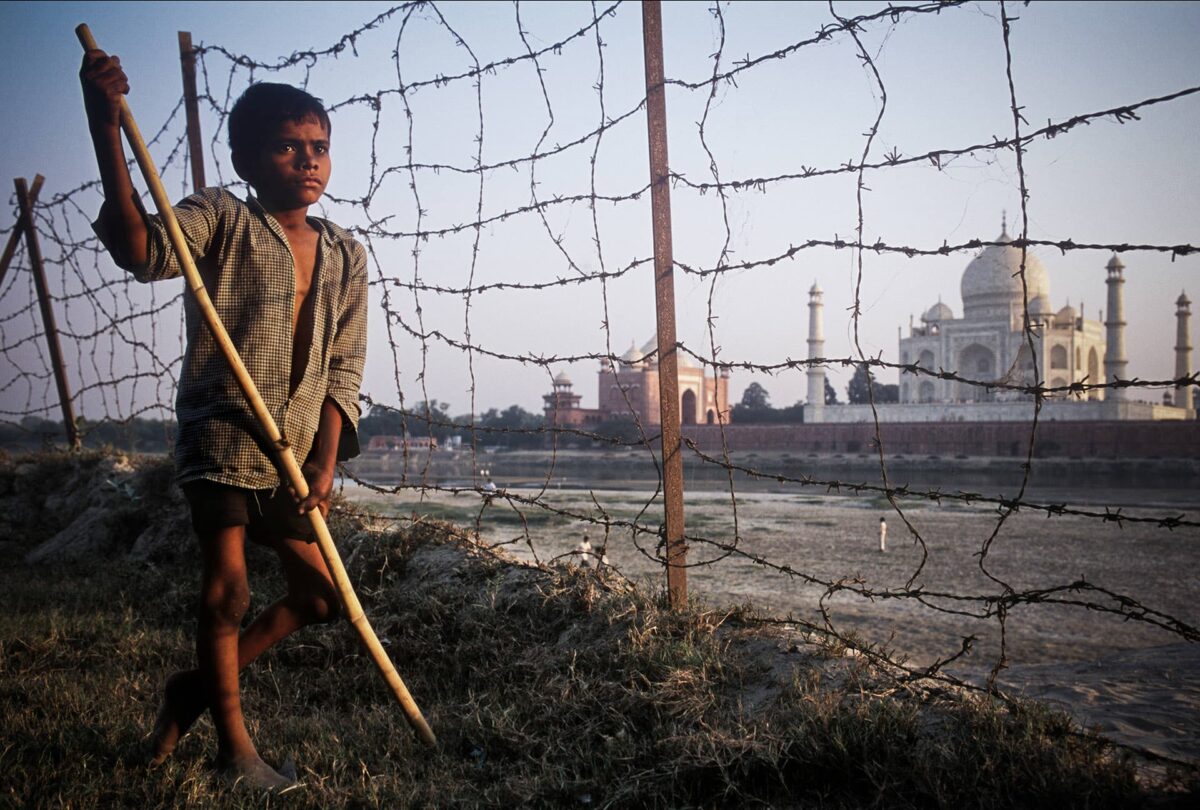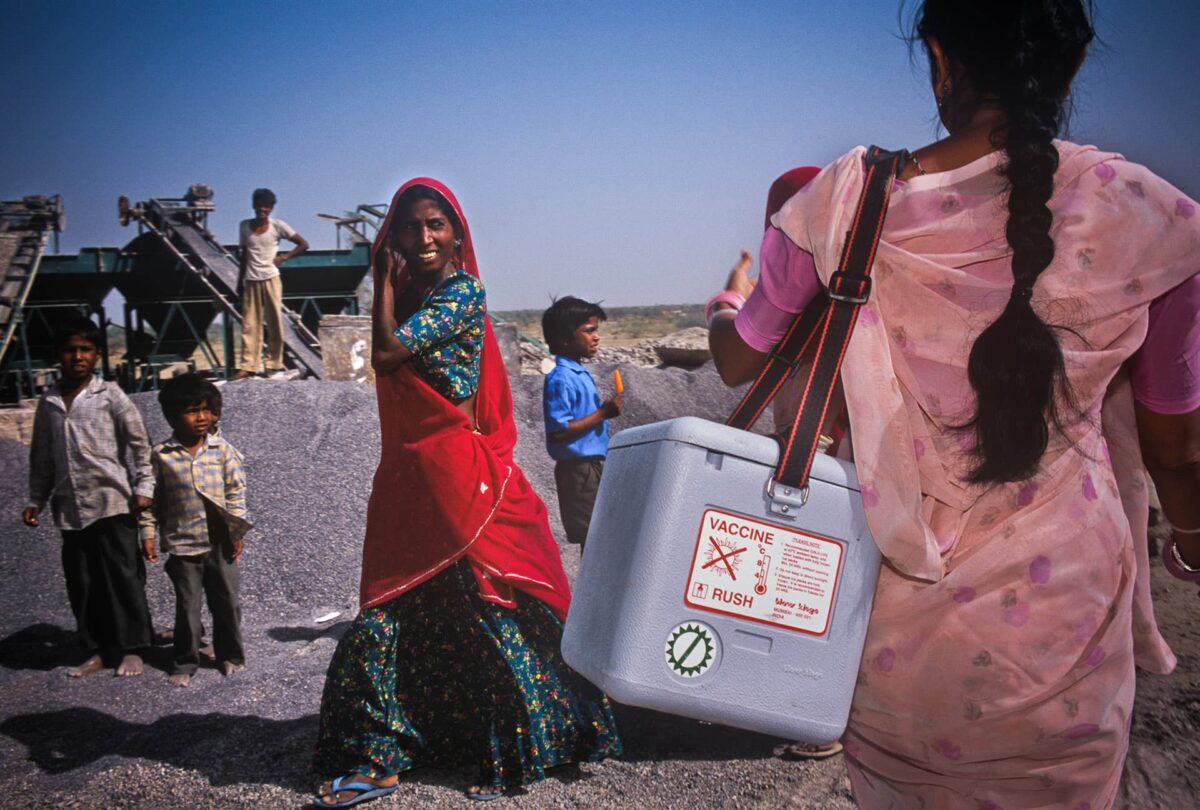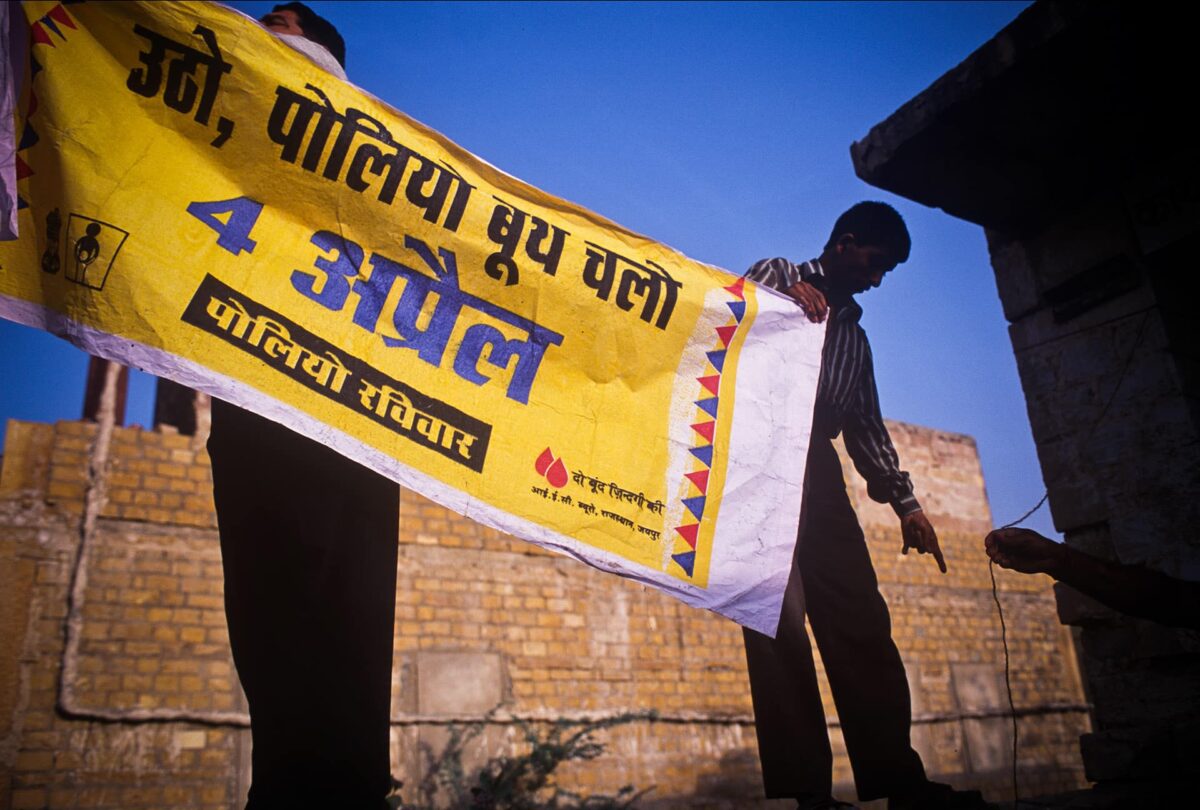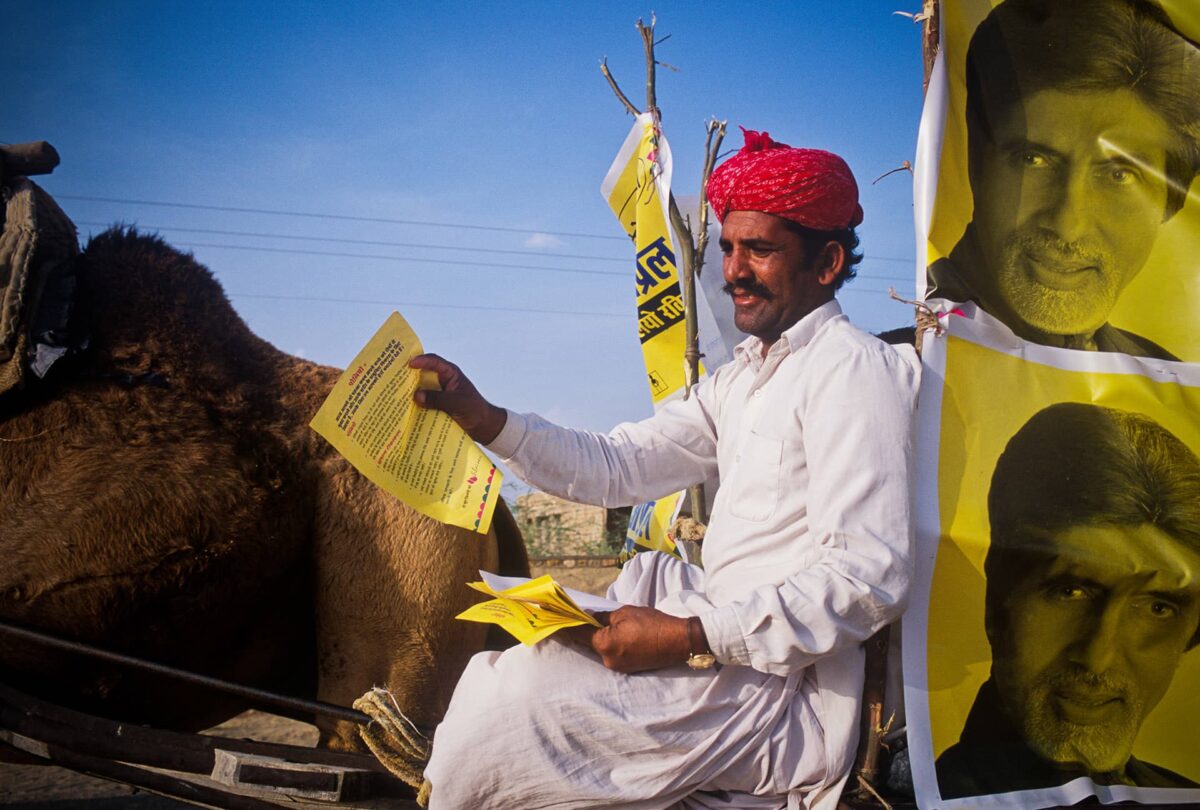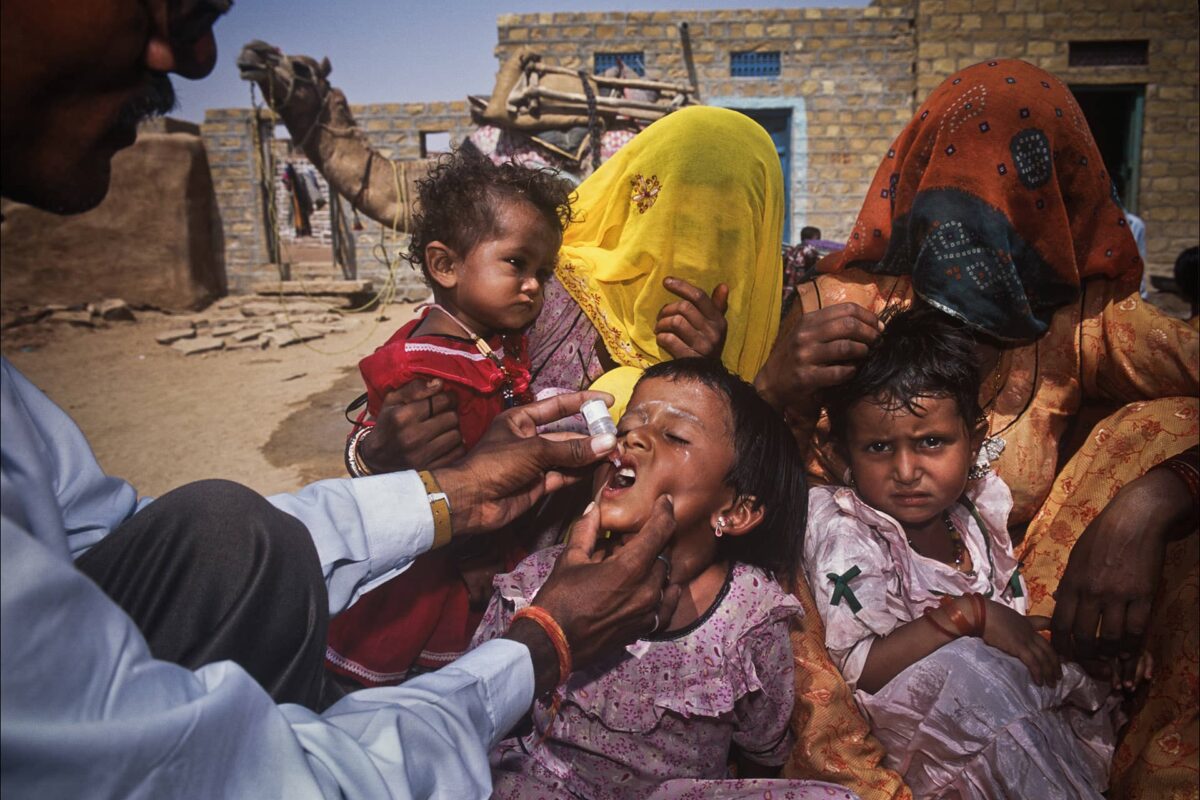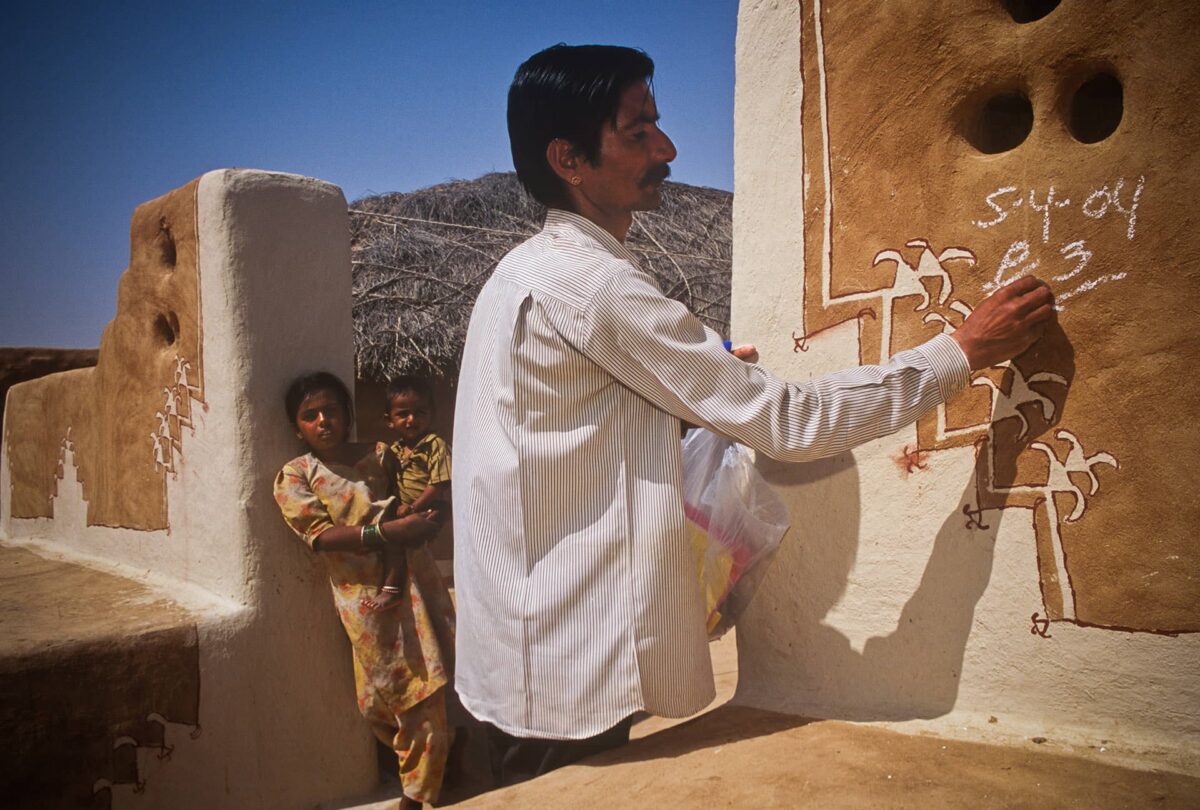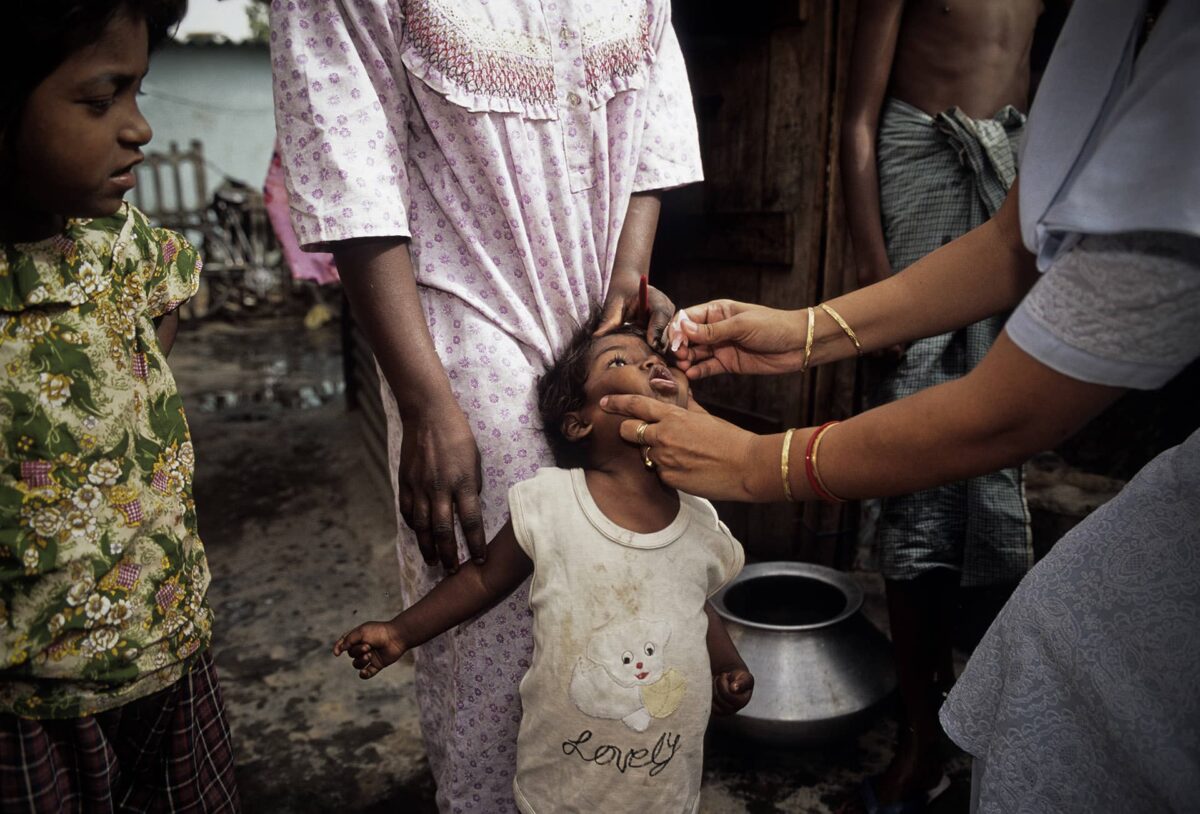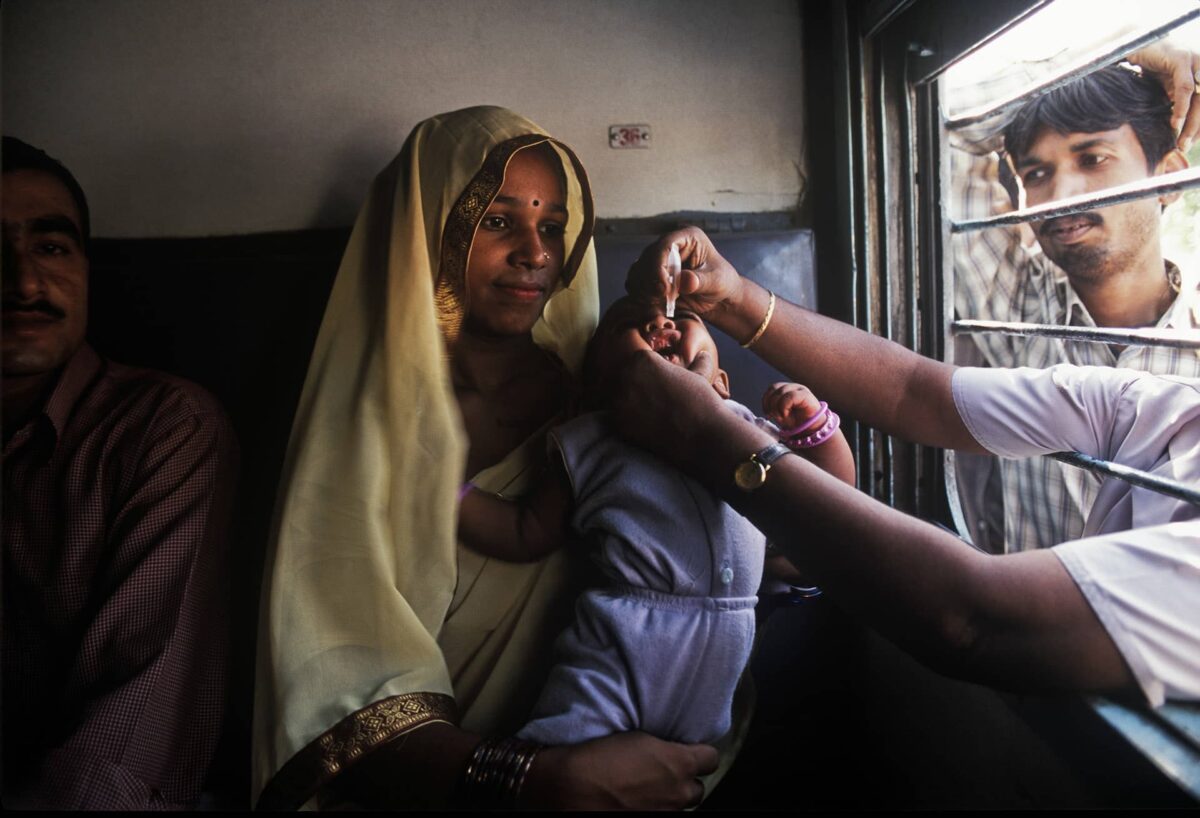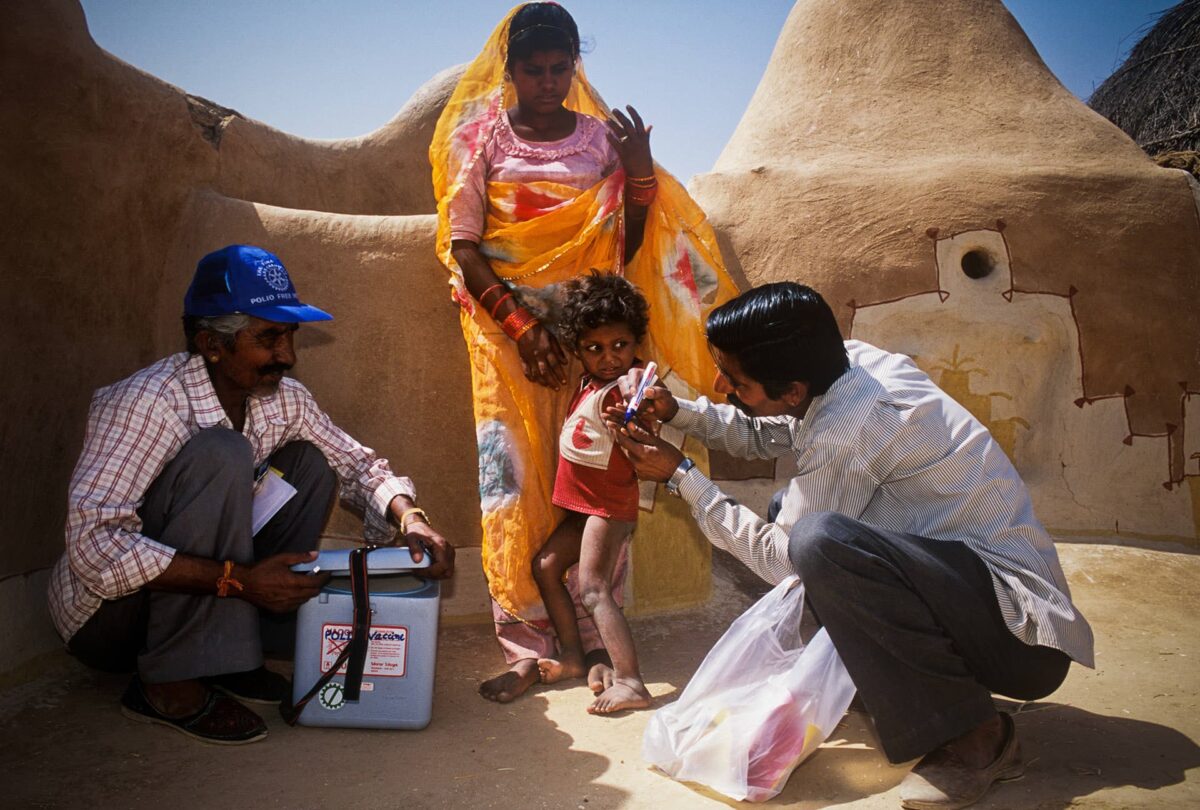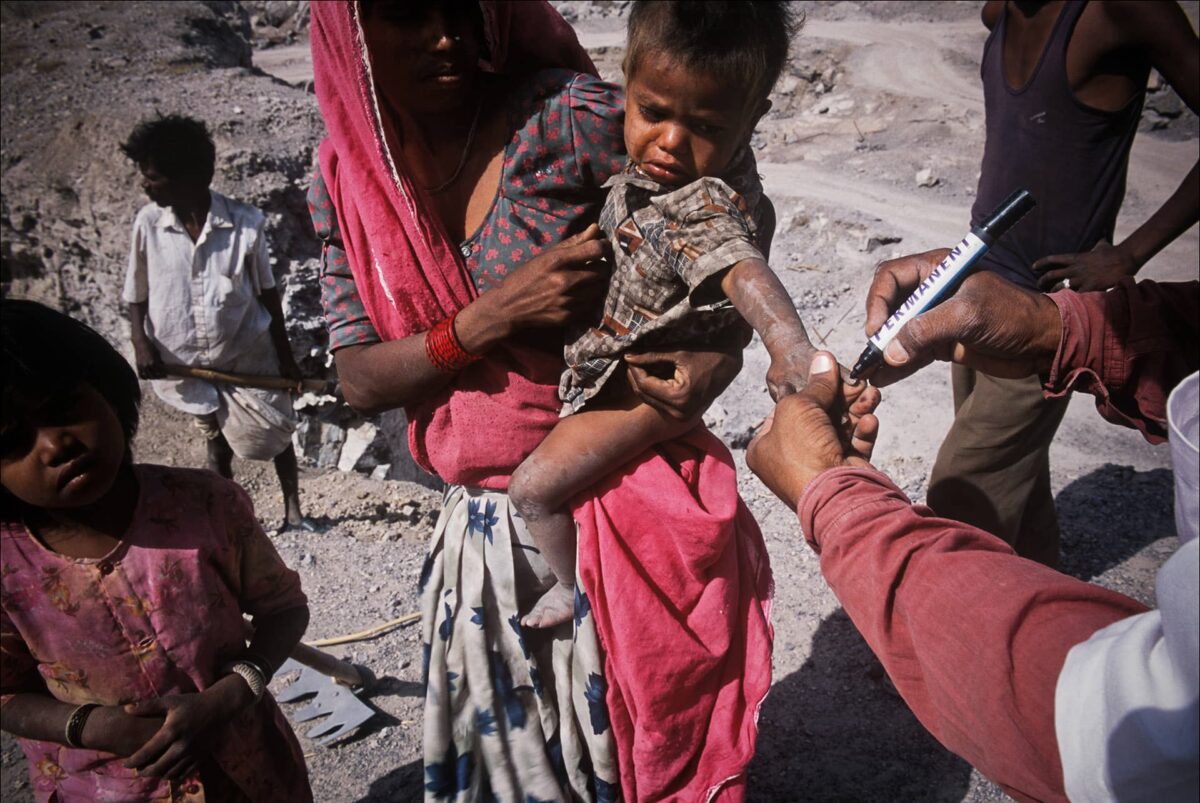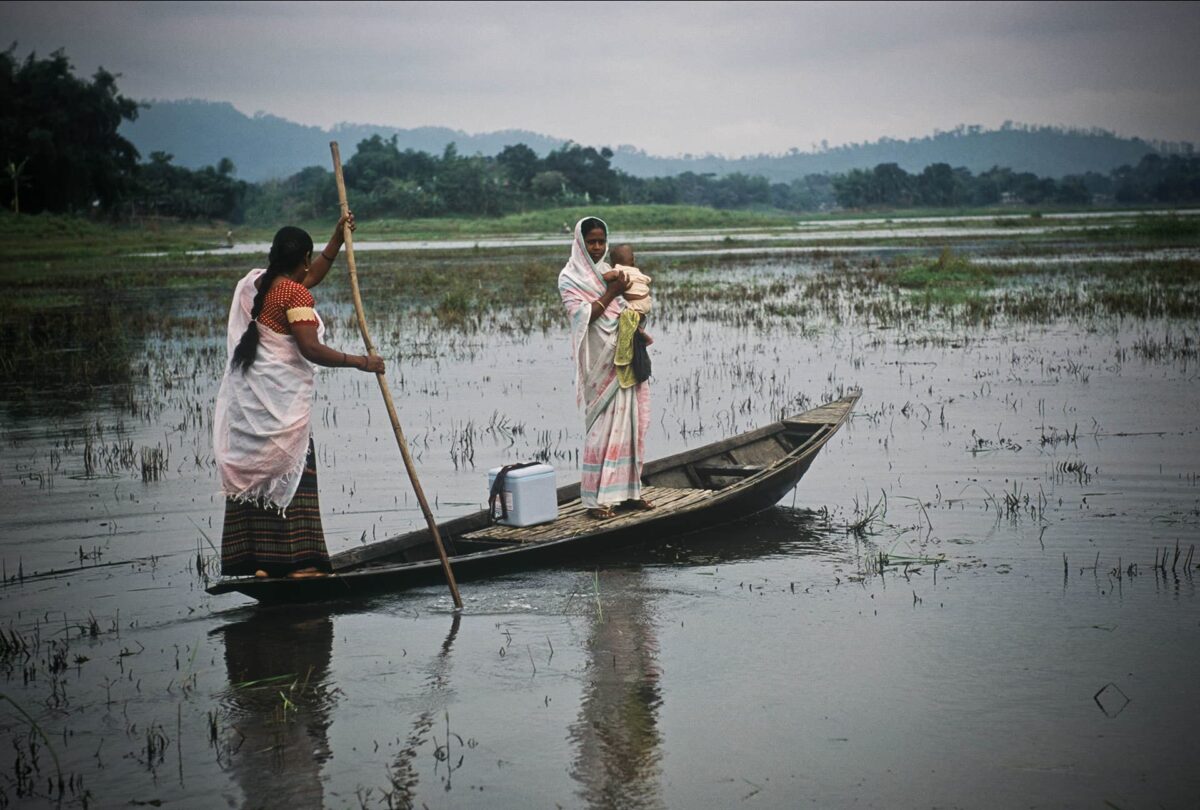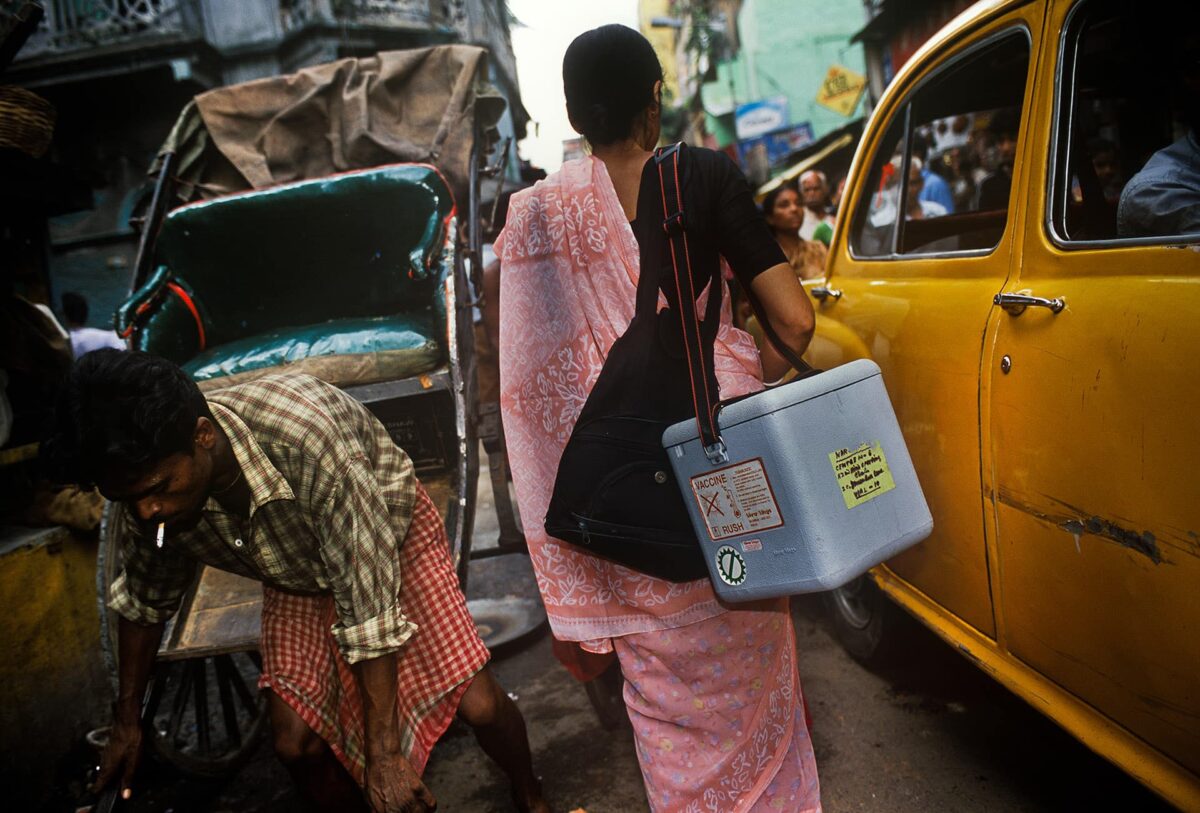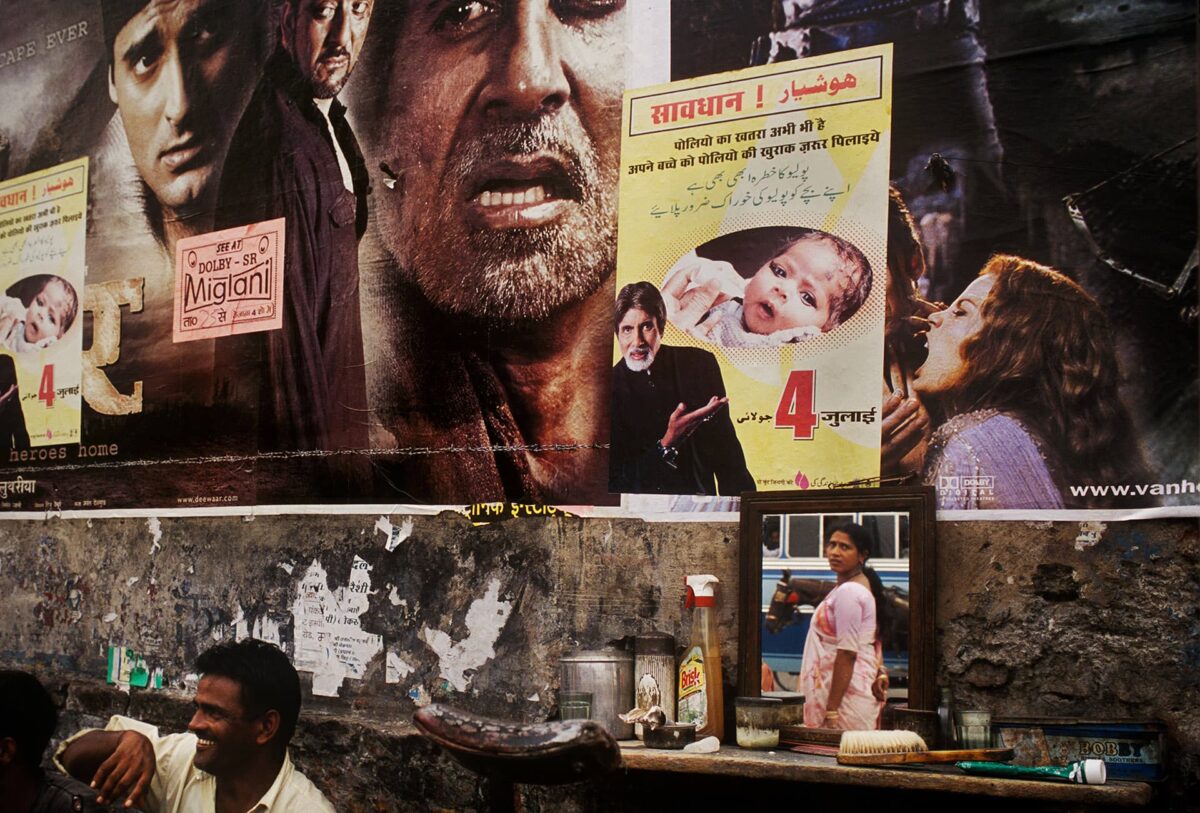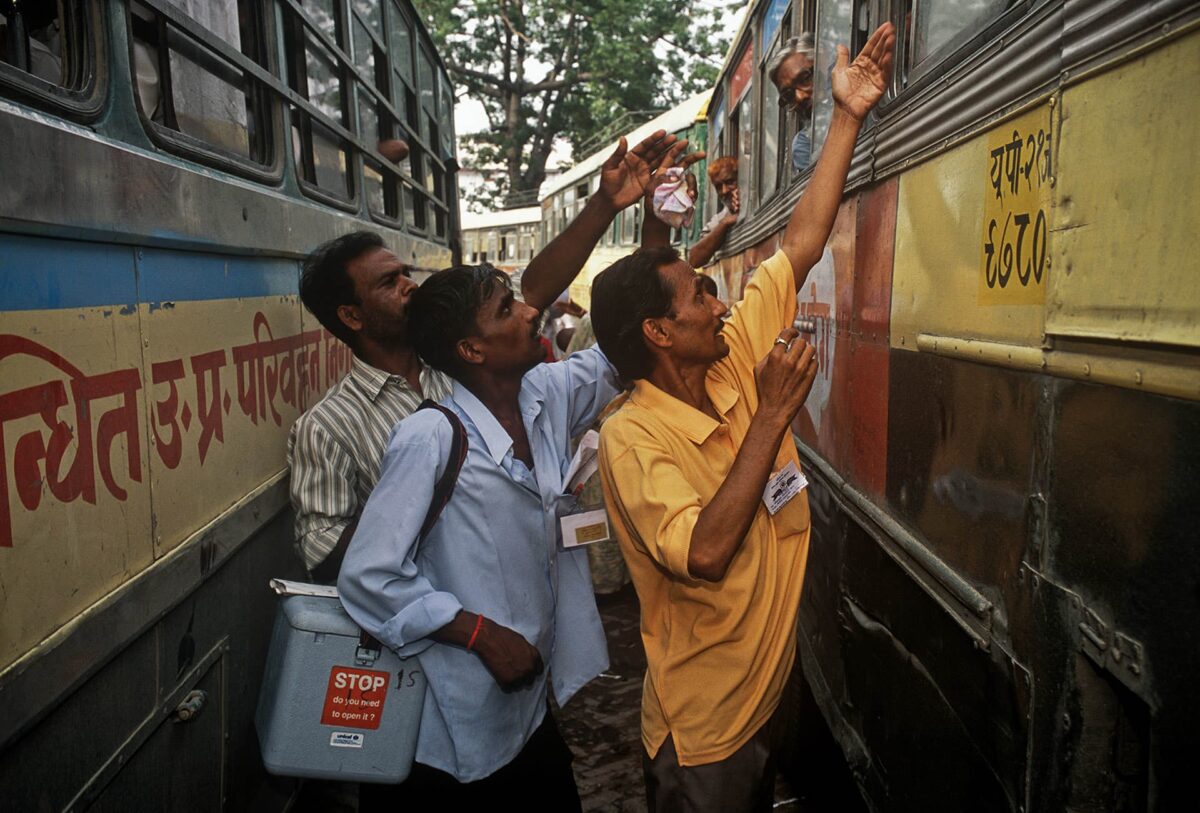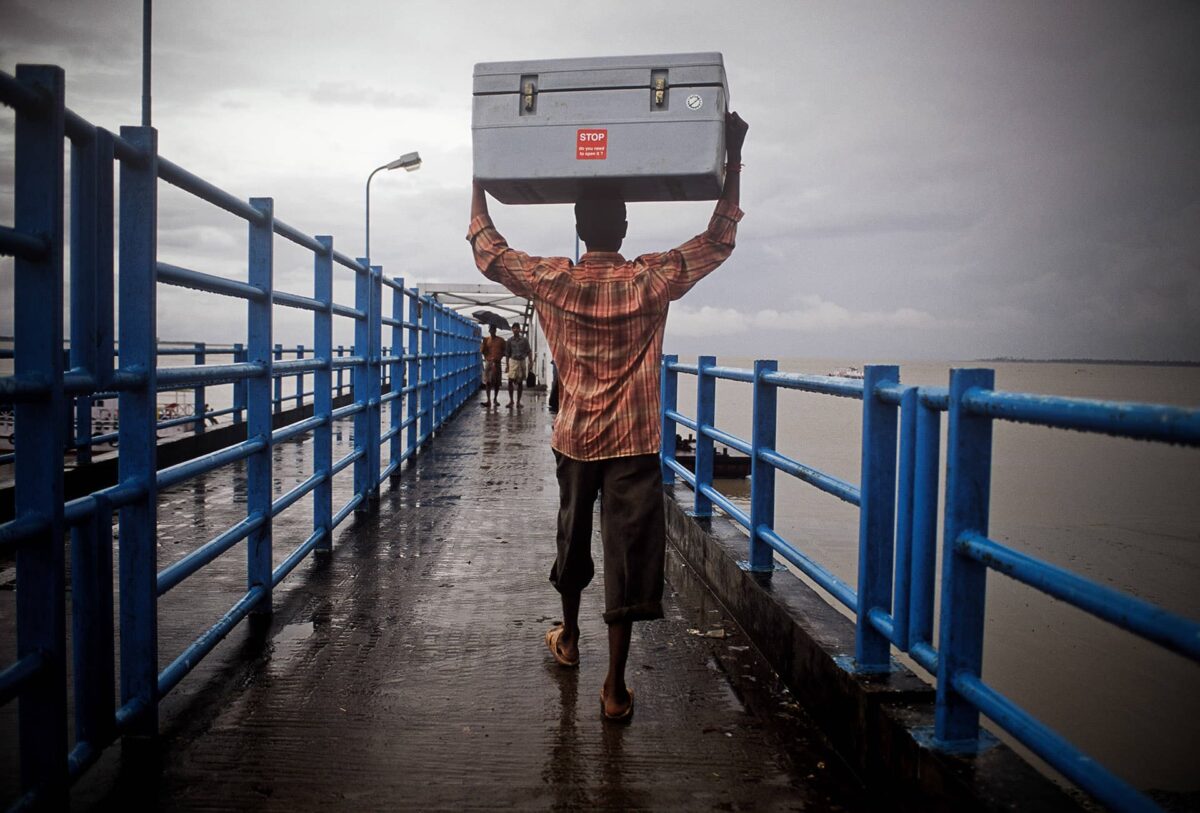In remote villages and urban slums, an army of experts and committed volunteers is fighting what could be the final battle in an age-old war. The polio eradication campaign is the largest non-military, global enterprise ever. It involves dozens of organisations, scores of governments, thousands of health workers and millions of volunteers. In a world of AIDS, malaria and other health crises, the eradication of polio would demonstrate that humankind can triumph over nature.
Since campaigns began in 1996, India has made remarkable progress, reducing polio cases from up to an estimated 100,000 a year to fewer than 70 in 2004, to date (September ’04). The Polio Eradication Partnership (GOI, The World Health Organization (WHO), UNICEF, Rotary International, along with the US Centers for Disease Control) has set a target to eradicate polio from India by the first half of 2005. However, health workers face major obstacles in defeating the virus once-and-for-all. In a country with a population of over one billion, most of which live in remote villages or heavily congested areas, it is virtually impossible to keep an accurate database of newborn children. Some communities resist polio immunisation, but ultimately it is a lack of funds and patchy commitment that could endanger the success of the mission. The cost of failure would be staggering. If the campaign loses steam and immunisation rates drop, polio could quickly re-emerge and threaten a whole new generation of children, even in places that have long been polio-free.
